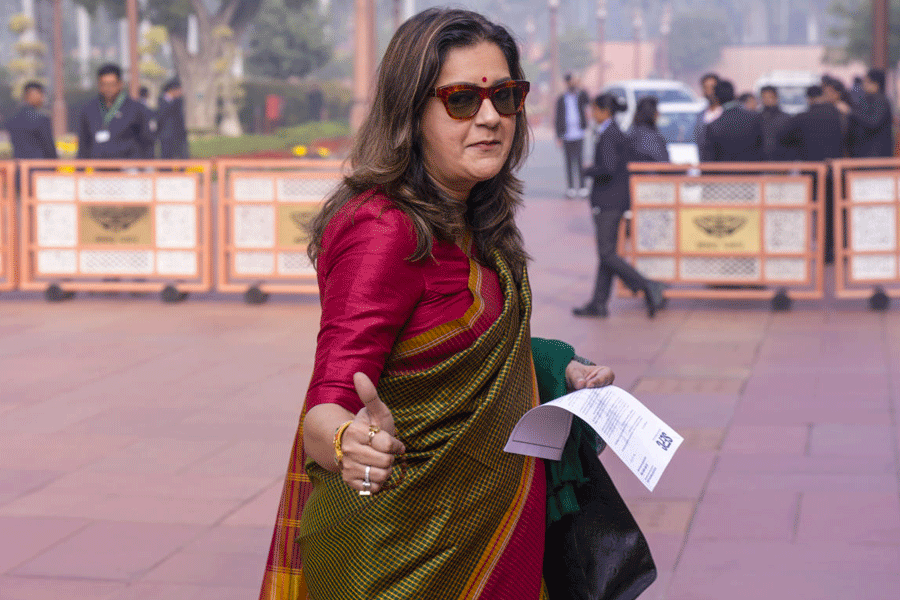 |
| A forest fire rages in Dalma. File picture |
Ranchi, March 9: This summer, the state is going to depend on traditional methods to fight forest fires after its brush with the geographic information system (GIS) last year failed to yield the desired results.
Among the customary methods the forest department is set to adopt this summer is setting up of multiple fire tracking teams in each forest division.
The teams, comprising members of village-level committees who would be hired on four-month contracts, would move around forests to monitor vulnerable points regularly. Moreover, at least three water tankers, depending upon the area to be covered, will be kept on standby to deal with any emergency.
This apart, fire lines are also being drawn in sensitive areas like Dalma, Godda and Koderma. A fire line is a strip of forest land cleared of trees to prevent bushfires from spreading.
According to principal chief conservator of forest (wildlife) J.B. Jauhar, fire lines can either be linear and non linear. “In the linear method, if there is dense vegetation covering say an area of a square kilometre, we block its continuity by clearing the greenery and creating at least two or three no-vegetation spots to stop the fire from spreading. In the non-linear method, if there is a forest patch on an acre of land, then we clear about 100 to 500m around round that forest patch. The areas to be cleared depend on the density and type of vegetation at the spot,” he said.
The Union government has sanctioned Rs 2.1 crore to fight forest fires in Jharkhand this year, of which the state has received Rs 89.9 lakh as the first installment.
Last year, the state forest department set up GIS at its Ranchi headquarters to identify, monitor and combat forest fires across the state, but field officers maintained it was not of much help because of the time lag between receiving information and taking action.
Nodal officer for the forest fire cell Diksha Prasad said the GIS was operated by the Forest Survey of India, Dehradun.
“The radars are set in certain frequencies. If it picks up any fire, it sends a report to Dehradun. They send a mail to our Ranchi office informing us about the latitude and longitude of the area. From here, we send word to the concerned districts. It takes at least a day for information to reach the concerned areas,” she said.
Another drawback of GIS is that it cannot detect small fires.“Ideally, GIS should be in place in every district so that we get real time information, but that is not the case now,” said Rajiv Ranjan, the DFO of Bokaro.
Due to the time lag, a minor forest fire in Bokaro last week took 10 hours to douse. Two low intensity fires broke out in Gumla and Godda as well last week, and again information reached a day after.
Last year, of the 23,605.47sqkm of forest in the state, around 10,000 hectares were affected by forest fires.











